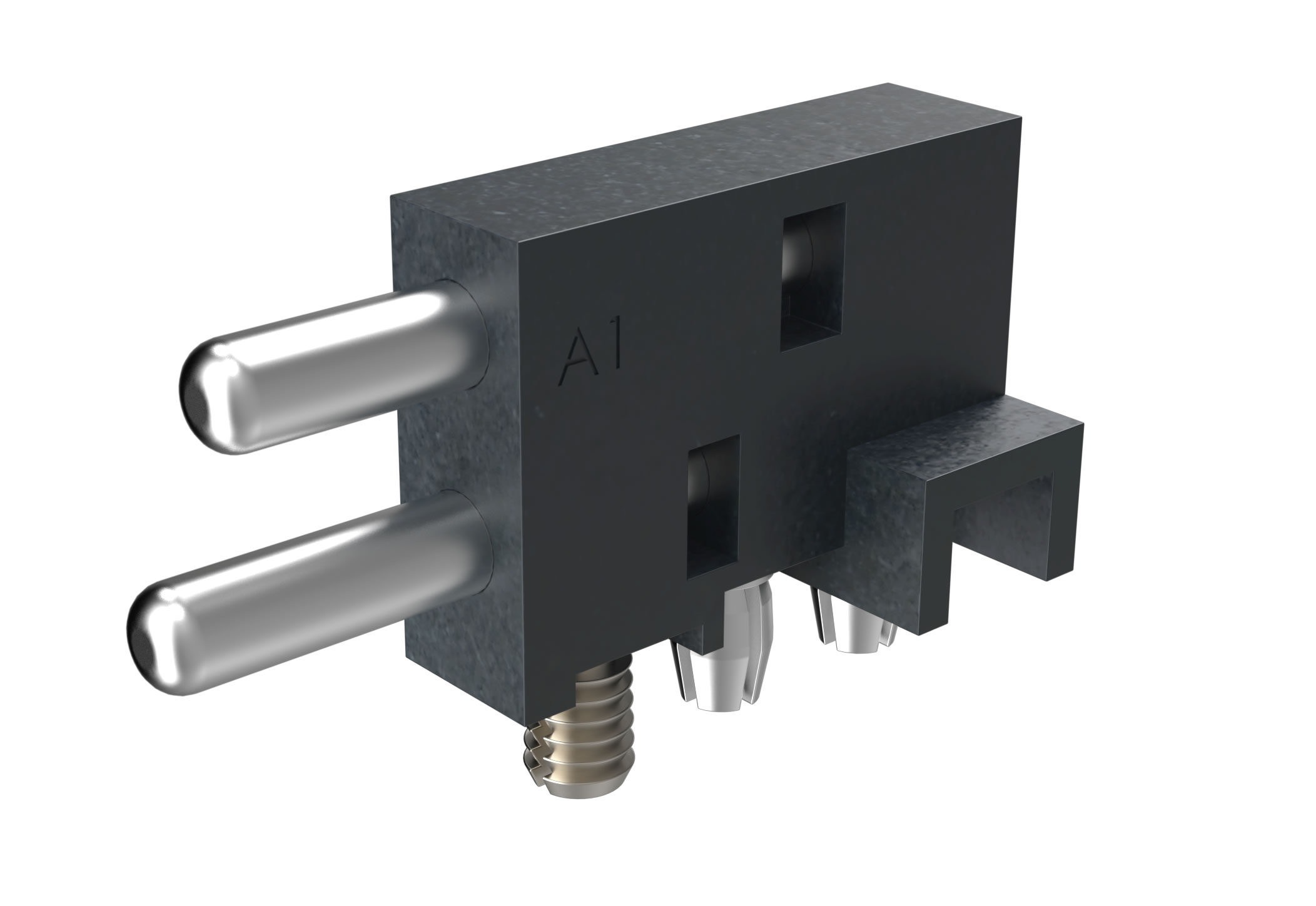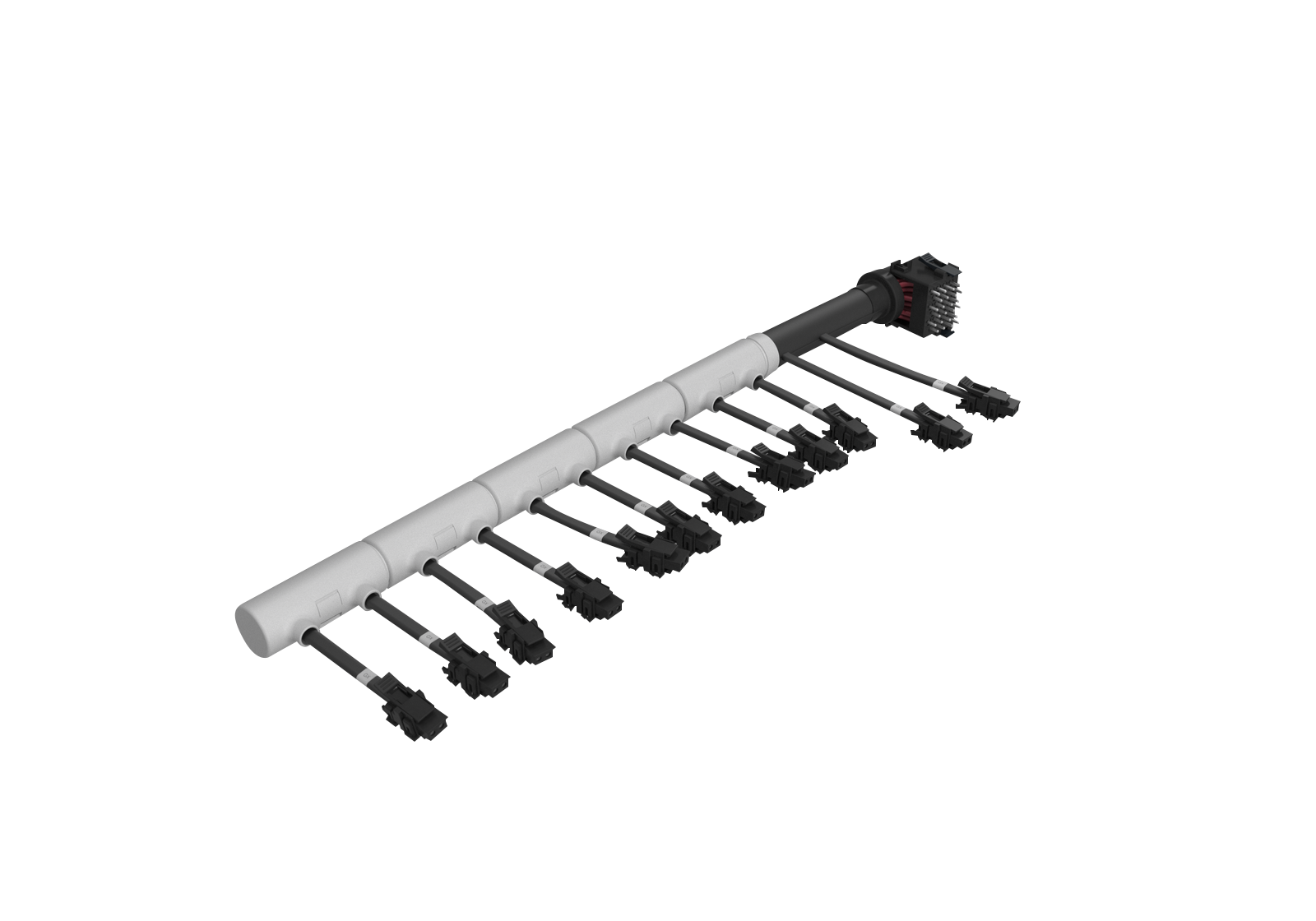Open19 Simplifies Data Center Installations
The Open19 Foundation has developed a server design solution that makes data center deployment faster, easier, and less expensive.

The Open19 Foundation is advancing a new data center design standard that significantly reduces the hardware costs and time required to set up or upgrade a server. This simplified hardware platform consists of three main elements: a brick cage, power shelf, and network switch, which support four different brick form factors that can be quickly and easily plugged in by an operator. Through this economical and highly flexible option for data center design, more companies will be able access edge computing.
“Open19 installation is simplified through the use of two separate interconnect types standardized for the rack structure: power and data. Cables are assembled into the rack, allowing for easy installation of components or reconfiguring as needed. Though our structured cables are typically installed prior to any power supplies, switches, and servers, they can be installed afterward as well,” said Brent Peterman, Amphenol ICC marketing director. Amphenol, along with Molex, supplies the power interconnects that are used in network component elements (e.g., servers, switches, and power shelves) and the cable harnesses that connect them in the rack.
The protocol originated as an exercise posed on the LinkedIn platform, and LinkedIn’s servers in Oregon and Texas, as well as other facilities, have successfully implemented the hardware (LinkedIn is a Microsoft company). The Open19 standard was developed in conjunction with numerous data and electronics companies, including Amphenol ICC and Molex, and it has significant implications for the power connectors and cable assemblies used in data center servers, switches, and power shelves. To learn more about the components used, visit the Open19 Foundation Marketplace and the Open19 resource pages on the Molex and Amphenol ICC sites.
We talked to Amphenol ICC’s Peterman and Liz Hardin, new product development manager, high-performance copper assemblies, at Molex, about what Open19 will bring to computing.
Connector Supplier: What are the implications of Open19 for connectors used within the servers?
Liz Hardin: The Open19 connector used within the servers provides excellent performance (up to 56G PAM4 per lane) in a blind-mate interface.
Brent Peterman: The focus in defining power interfaces used for Open19 was rugged, blind-mate capability, simple snap-fit cable to rack installation, and availability as a standard product offering. Implementers can take advantage of Open19 flexibility as long as they use the defined connector interfaces.

How does Open19 facilitate the move towards edge computing?
BP: Open19 provides flexibility in swapping components and enables operators to easily configure a rack. This will increase the capability of shared data centers and bring about more growth in edge computing.
LH: The rear connectivity makes installation of additional capacity or replacement of products extremely easy. Installers only need to slide in a new server, latch it in, and then move on to the next one. Open19 founder Yuval Bachar [principal engineer, data center architecture at LinkedIn and president and chairman of the board at Open19 Foundation] has said that it is intended to be simple enough that couriers could deliver and install a new server!

Amphenol’s CoolPower 2×1 Pin Connector
Open19 was designed for smaller data centers. Why are larger centers adopting it?
BP: Open 19 is great for smaller data centers but the flexibility of components and the broader marketplace it enables can be ideal for larger data centers as well.
LH: The approach to rack deployment has cost of ownership advantages in hardware and offers soft savings by reducing overall labor. Larger data centers are observing this delta and find the approach appealing.
How do connector companies influence standards groups like Open19?
BP: It is important to join the organization, be an active contributor, and support the other project members. Amphenol supported proof of concepts and is working closely with the early implementers, rack providers, and integrators.
LH: I think that the best way to describe the interaction is a collaborative effort where different experts contribute their skill to the total objective. Molex brings connector expertise and knowledge to help determine which tools are best employed to accomplish the goal together.
How does Open19 work alongside (or replace) existing data center standards (such as ANSI/TIA 942 or EN 50600)?
BP: Open19 is design to fit the existing Electronics Industry Alliance (EIA) 19-inch rack standard. Expect these various standards to continue alongside one another based on the specific needs of that data center.
LH: Open19 is definitely not a replacement but it’s just a different way to approach a similar problem set.

Amphenol cable assemblies for data centers
Is Open19 pushing innovation for new connectivity products as the standard evolves?
LH: Open19 is imagining a different rack connectivity style that helps to optimize performance for future generations by shortening total channel lengths, moving from a traditional top-of-rack (TOR) switch to a middle-of-row (MOR). Additionally, one of the key objectives is to reduce costs by reducing the total time required for rack bring-up. This helps enable quick connections for customers. We hope to make use at the edge easier by pre-installing connection into the rear of the rack.
The Open19 Foundation says 2019 is the year of adoption. Is the industry ready?
LH: The industry is getting there — I think it is similar to any major shift. The move from VHS to DVD was not instantaneous, but eventually, consumers became comfortable with the shift and the advantages offered and DVDs are now status quo. I think that in time, the approach Open19 proposes will become just as commonplace.
BP: Amphenol is ready. We are already shipping to initial adopters and looking forward to more to come.
Like this article? Check out our other Standards and Data Center articles, our 2019 Article Archive, and our Datacom/Telecom Market Page.
- Meet the Connector: DIN Standard Connectors - April 16, 2024
- Software-Driven Radio Reinvigorates Old Technology - April 9, 2024
- What is a Busbar? - April 2, 2024





